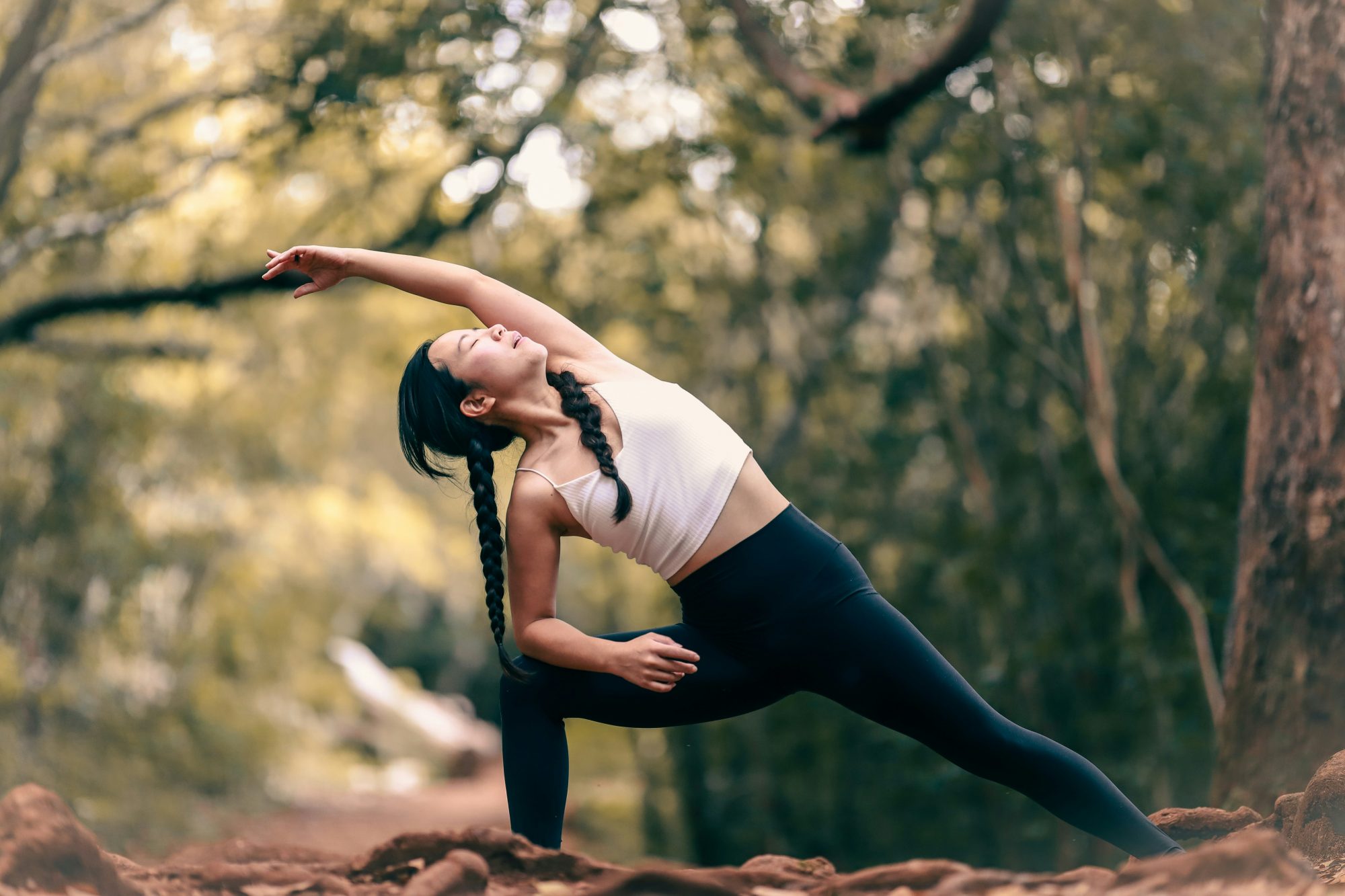We’ve all heard it countless times: “Warm up your horse!” And rightly so. We meticulously walk them, trot them, and start them bending, ensuring their muscles are supple and ready for work before increasing the intensity further. But how many of us extend that same courtesy to ourselves?
It’s a common oversight, yet a critical one. We expect our horses to be primed for physical exertion, but often when we swing a leg over, we ourselves are stiff and unprepared. Think about it: if we are stiff, unbalanced, or unprepared for the physical demands of riding, how can we truly expect our horse to perform at their best, or even comfortably? Our stiffness translates directly to their back, their stride, and their overall well-being.
You’re part of the team: preparing both athletes
Riding is a demanding sport. It requires strength, flexibility, balance, and coordination. When you hop on without warming up your own body, you’re not only putting yourself at a higher risk of injury, but you’re also potentially causing discomfort and compromising your horse’s performance and soundness. A stiff rider can inadvertently create resistance, unbalance the horse, or restrict their horse’s movement.
The power of dynamic stretching for riders
So, what’s the solution? A rider warm-up, specifically incorporating dynamic stretches. Forget those long, held static stretches before you get on – they’re actually better saved for after your ride.
Dynamic stretches are your secret weapon for pre-ride preparation. Unlike static stretches, which involve holding a stretch for an extended period, dynamic stretches involve active, controlled movements through your range of motion. Think of them as a rehearsal for the movements you’re about to perform in the saddle.
Here’s why dynamic stretching is a game-changer for riders:
- Prepares muscles for movement: Dynamic stretches actively warm up your muscles, increasing blood circulation and muscle temperature. This gets your body ready for the specific demands of riding.
- Enhances range of motion: By moving your joints through controlled motions, you improve your immediate range of motion, allowing for more fluid and effective aids.
- Boosts performance & reduces injury risk: Studies show that dynamic stretching can improve power, coordination, and overall athletic performance. Crucially, it can also reduce injury risk by around 30% when used as part of a warm-up. This means fewer aches and pains for you, and a more comfortable ride for your horse.
- Activates & primes: Dynamic movements “rehearse” movement patterns, activate the muscles you’ll be using, increase coordination, and prime your nervous system. This “warming up” effect is far more effective than static stretching for preparing your body for the nuanced movements of riding.
When to use static stretches
While dynamic stretches are ideal before your ride, static stretches are best reserved for your cool-down after you’ve dismounted. Holding a stretch for a prolonged time helps to relax and lengthen muscles, aiding in flexibility and recovery after your workout. Doing them before exercise can actually temporarily decrease muscle strength and power, which is the opposite of what you want when getting ready to ride!
Simple dynamic warm-up ideas for riders:
Before you even think about tacking up your horse, try these quick dynamic stretches:
- Arm circles: Forward and backward to loosen and open up your shoulders.
- Torso twists: Gently rotate your upper body from side to side to loosen your core.
- Leg swings: Forward and backward, and side to side, to warm up your hips and inner thighs.
- Ankle rotations: To prepare your ankles for stirrup work.
- Cat-Cow stretches: To mobilise your spine.
Just 5-10 minutes of these simple movements before you ride can make a world of difference to your riding and your horse’s comfort.
In summary: Just as you wouldn’t ask your horse to gallop without a proper warm-up, don’t ask your body to ride without one either. Embrace dynamic stretching as an essential part of your pre-ride routine. Your body will thank you, and more importantly, your horse will too!
Please note, while this post offers general guidance, it’s essential to remember that individual needs vary. Do consult with a healthcare professional if you have any doubts about suitability to ensure the exercise is appropriate for your specific health conditions and needs.

